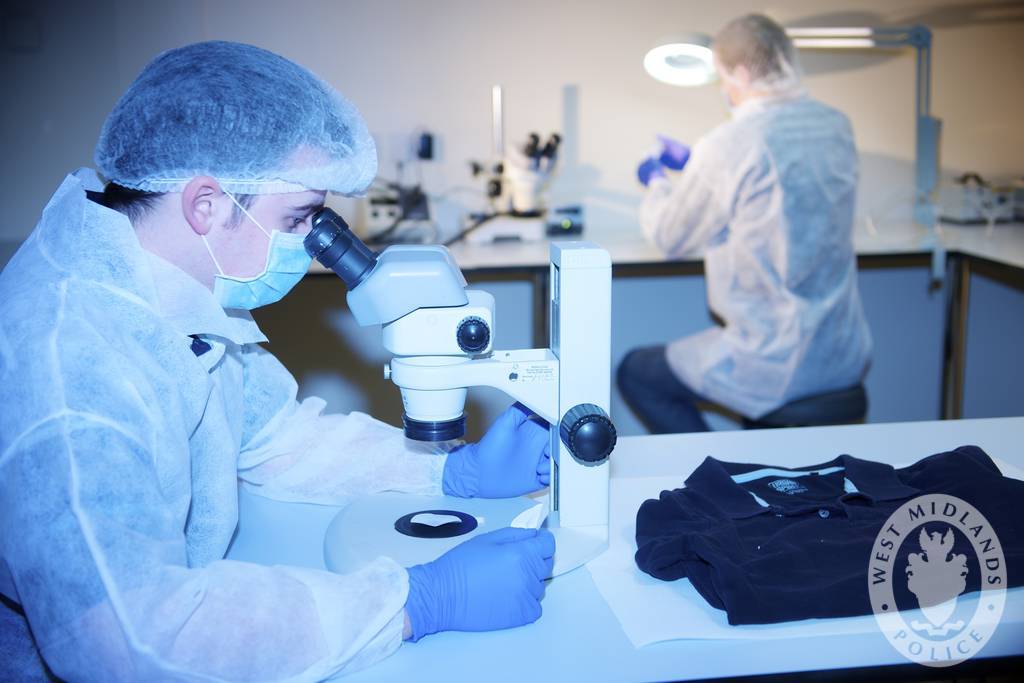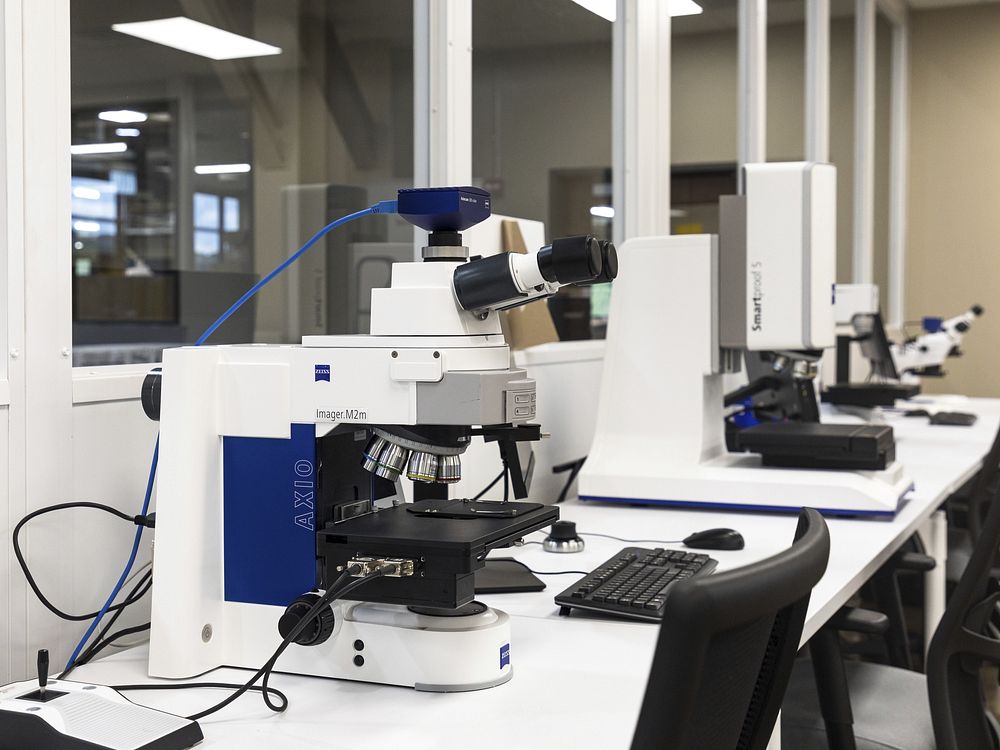Now Reading: Residues in Fingerprints hold clues to their Age
-
01
Residues in Fingerprints hold clues to their Age

Residues in Fingerprints hold clues to their Age
The Fingerprint is one of the potential evidence used for identification of persons in various criminal and civil cases and remains an extremely valuable tool for law enforcement. In crime scene, Various evidences such as hairs, drugs, DNA fibers etc. are commonly encountered. Fingerprints are among the certain type of evidence discovered more frequently than other evidences, although the same kind of evidence will never contain in two crime scenes. Ever since the 19th century, Fingerprints have used to link a suspect to the crime scene in court and have provided the most important piece [1].
The fingerprint residues typically consist of compounds from eccrine (Water,Amino acids, chlorides, metal ions, ammonia, lactic acid, lipids (trace amounts)), sebaceous ( Glycerides, Fatty Acids, Wax Esters, Cholesterol Esters, Cholesterol, Squalene)and apocrine (Glycerides and Fatty Acids, Wax Esters, Cholesterol Esters, Cholesterol, Squalene) which are left when a fingerprint is deposited on the surface, the eccrine gland consists of 99% water and remaining 1% consist of amino acids, sugars and ions which are only found on palmer and plantar surfaces [1]. The fingerprint residue very rarely consists of only eccrine secretion as throughout the day many times human hand comes in contact with the face and hair and research found that approximately 23 times per hour, individuals tend to touch their face due to which sebaceous residues also found on fingerprint residue[2].
The previous study showed that, the fingerprint residue varies may be due to the variations in the time since deposition, the diet of an individual, the substrate and conditions to which the fingerprint has been exposed, the sex of the donor, cosmetic products and age etc. [3] [4] [5].
Researchers reported that, the fingerprint compounds can gives a link of it’s age from which a police can get an image of, what time the crime was committed ? and who might be the earlier visitor of that crime around the time?[6].
In fingerprint residue, salts are more stable compared to ester and protein hence, fresh fingerprint reveal all components whereas older fingerprints only reveal salt but not the other components [7].
For the study of morphological, physical, chemical and biochemical transformations, fingerprint age estimation is the source of information and also provides imperative material for relational interpretative term between the traces existing at the crime scene, the temporal space and the group of individuals.
Popa et al. observed that, with the passage of time the biological constituents of fingerprints degraded differently [8].
Cadd et al. addressed how the complex composition of fingerprints may age and reports showed that no reliable ageing model about chemical information occuring during ageing especially for the critical initial few days of ageing also the process limits, as it require an extraction which fails to preserve the forensic evidence [9].
A study was conducted by Antoine et. al over the course of four weeks using FTIR microscopy, in this study the father and son’s fingerprints were collected at the beginning and their prints were easily distinguished as lipid cluster was different between them. Although when some degradation occurs in both the prints then also the prints were distinguished after four weeks of ageing. The degradation of prints was due to loss of cholesterol, which disappeared almost within four weeks.so when same result found at the scene of crime investigators could also give a clue about when these prints were deposited. According to finding by Antoine et al, If the cholesterol was absent after the crime was committed, then the chemical signature indicate that it was deposited before the crime in question occurred [10].
In the 19th century, various court cases in United states of America discussed about the age of fingermark, in which some cases, appellate court upheld the original ruling (e.g., cases McNeil v. State (1961), Hern v. State (1972), State v. Granberry (1975), State v. Hulbert (1981) etc.) while in another it reversed the original decision (e.g., cases Townsley v. United State (1967), Commonwealth v. Crawford (1976), Commonwealth v. Scroth (1981)).In some cases (e.g., State v. Granberry (1975), Commonwealth v. Schroth (1981), State v. Philips (1981), State v. Clinscale (2011)), the expert stated that it was very difficult to deal with fingermark to estimate its age yet they give their personal opinion to the court based on their experience [11].
Recently, For analysis of fingermark residue advanced techniques in mass spectroscopy have been developed which linked different isolation processes, e.g. For fingermarks over seven days, matrix assisted laser desorption ionisation (MALDI )- MS was used to emphasise a possibility of creating ageing curve by the study oleic acid ageing [12]. Secondary ion mass spectrometry was suggested to determine if fingermark was earlier or later the ink trace and also to analyse the fingermark composition. However, these techniques have not been acceptable for use in forensic laboratories as they are still under progress[13] [14].
Since the studies showed that no scientific method is discovered to determine the exact age from fingerprint. so, it suggest the need of further study in this area of age determination from fingerprint residue which can estimate the approximate age more accurately.
References :-
- Holder, E. H., Robinson, L. O., & Laub, J. H. (2011). The fingerprint sourcebook. US Department. of Justice, Office of Justice Programs, National Institute of Justice.
- Kwok, Y. L. A., Gralton, J., & McLaws, M. L. (2015). Face touching: a frequent habit that has implications for hand hygiene. American journal of infection control, 43(2), 112-114.
- Girod, A., Ramotowski, R., & Weyermann, C. (2012). Composition of fingermark residue: a qualitative and quantitative review. Forensic science international, 223(1-3), 10-24.
- Frick, A. A., Chidlow, G., Lewis, S. W., & Van Bronswijk, W. (2015). Investigations into the initial composition of latent fingermark lipids by gas chromatography–mass spectrometry. Forensic Science International, 254, 133-147.
- Williams, D. K., Brown, C. J., & Bruker, J. (2011). Characterization of children’s latent fingerprint residues by infrared microspectroscopy: Forensic implications. Forensic Science International, 206(1-3), 161-165.
- ACS News Service weekly PressPac: January 22, 2020; Retrieved June 19, 2020 from https://www.acs.org/content/acs/en/pressroom/presspacs/2020/acs-presspac-january-22-2020/residues-in-fingerprints-hold-clues-to-their-age.html
- Aggrawal, A. (2016). APC forensic medicine and toxicology for MBBS. Avichal Publishing Company.
- Popa, G., Potorac, R., & Preda, N. (2010). Method for fingerprints age determination. Romanian Journal of Legal Medicine, 18(2), 149-154.
- Cadd, S., Islam, M., Manson, P., & Bleay, S. (2015). Fingerprint composition and aging: a literature review. Science & Justice, 55(4), 219-238.
- Antoine, K. M., Mortazavi, S., Miller, A. D., & Miller, L. M. (2010). Chemical differences are observed in children’s versus adults’ latent fingerprints as a function of time. Journal of Forensic Sciences, 55(2), 513-518.
- Girod, A., Ramotowski, R., Lambrechts, S., Misrielal, P., Aalders, M., & Weyermann, C. (2016). Fingermark age determinations: legal considerations, review of the literature and practical propositions. Forensic science international, 262, 212-226.
- Wolstenholme R., Bradshaw R., Clench M.R., Francese S. (2009). Study of latent fingermarks by matrix-assisted laser desorption/ionisation mass spectrometry imaging of endogenous lipids. Rapid Communications in Mass Spectrometry, 23; 3031–9.
- Sisco E., Demoranville L.T., Gillen G. (2013). Evaluation of C60 secondary ion mass spectrometry for the chemical analysis and imaging of fingerprints. Forensic Science International, 231 (1-3); 263-9.
- Bailey M.J., Jones B.N., Hinder S., Watts J., Bleay S., Webb R.P. (2010). Depth profiling of fingerprint and ink signals by SIMS and MeV SIMS. Nuclear Instruments and Methods in Physics Research Section B: Beam Interactions with Materials and Atoms, 268 (11-12); 1929-32.
Author
Miss Lina Z. Bhoyar, Intern at Dept of Forensic Science & CI, Legal Desire media & Insights.









